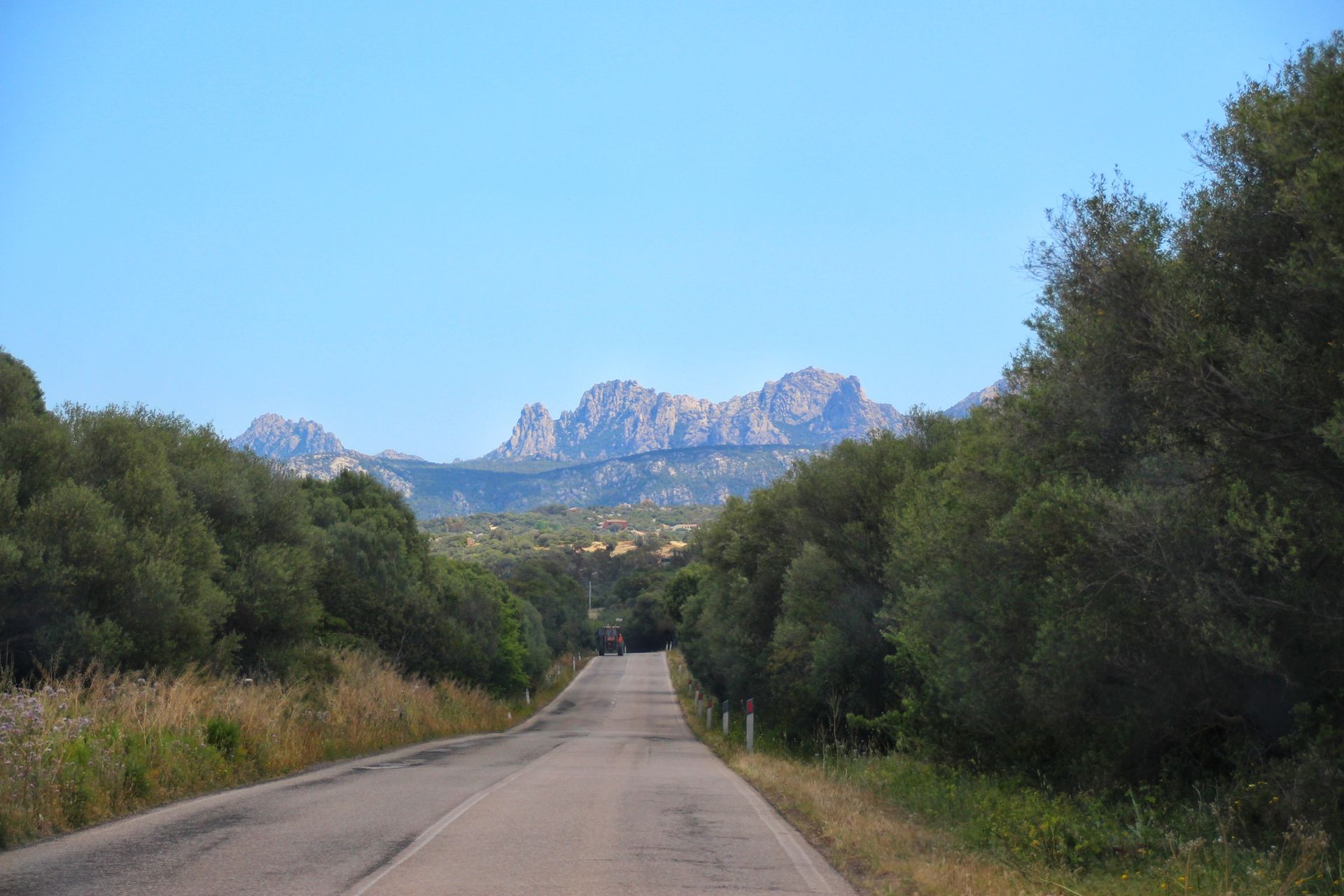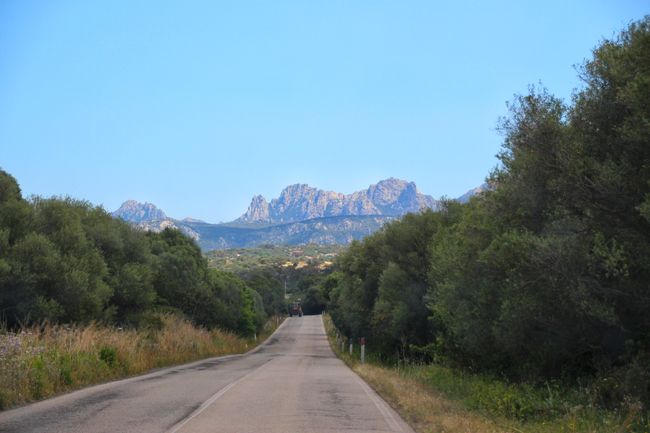Day 15 Mostar
Ipapashiwe: 25.08.2018
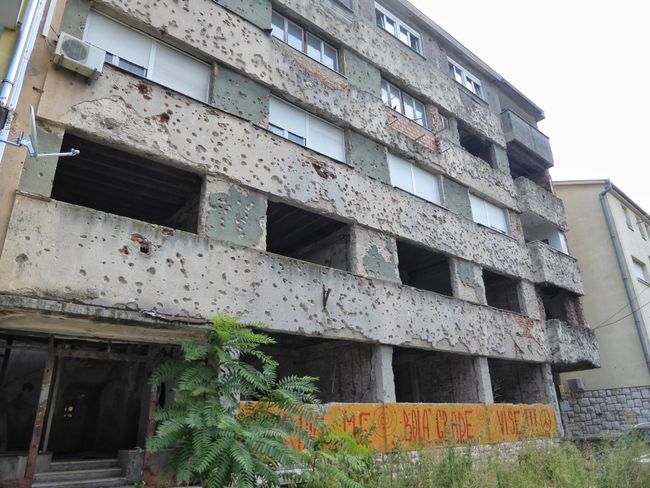
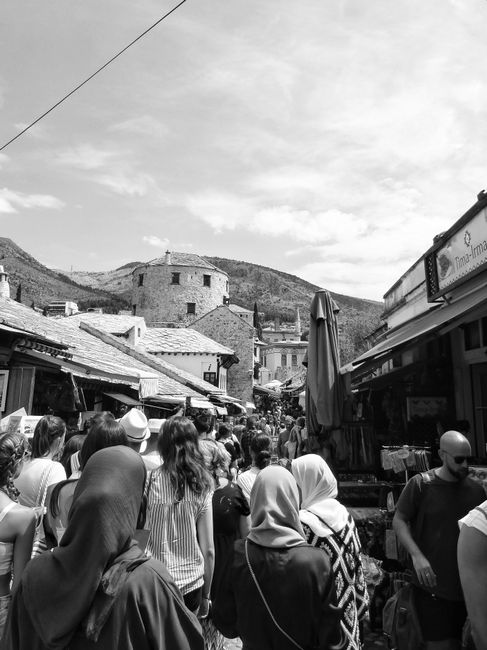
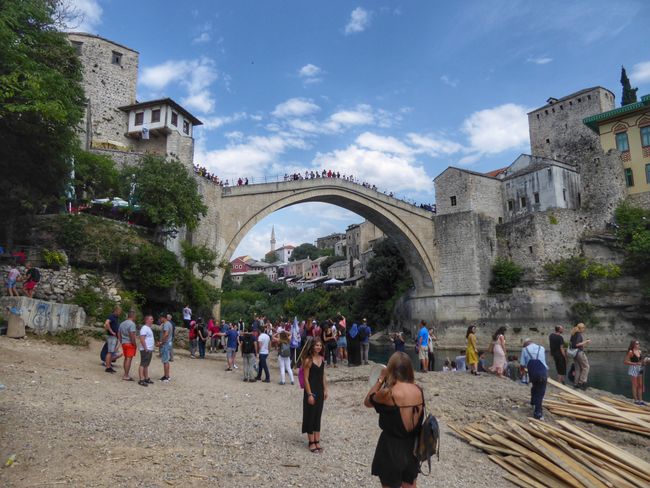
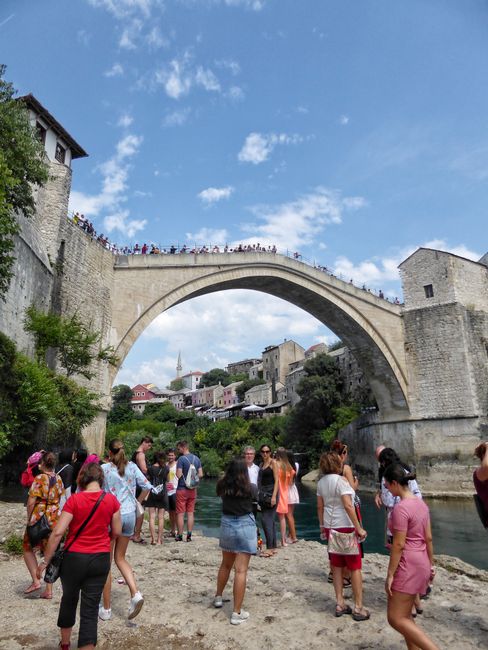
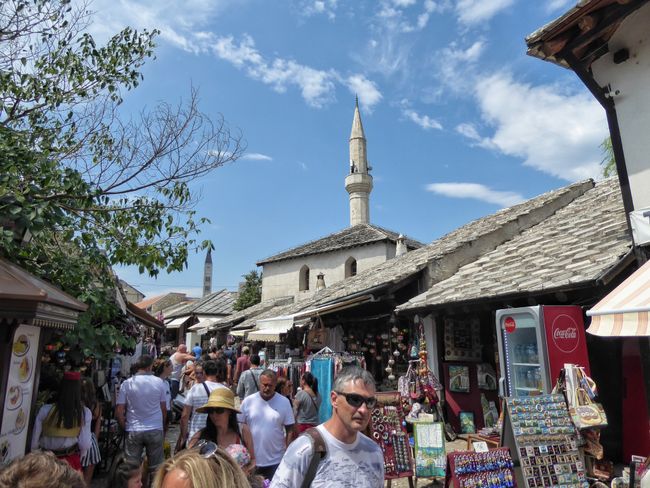
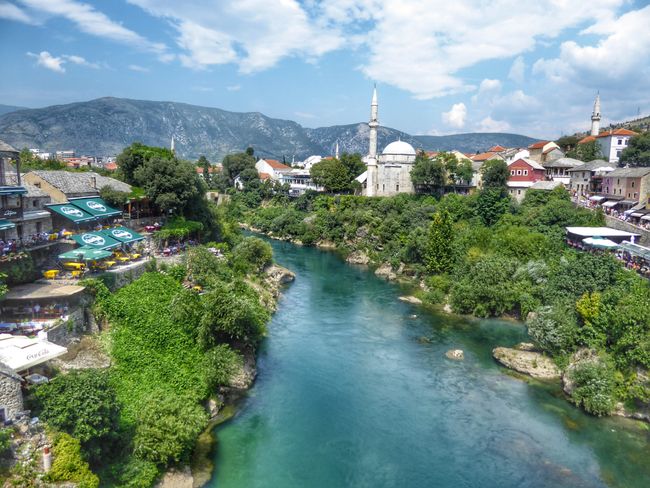
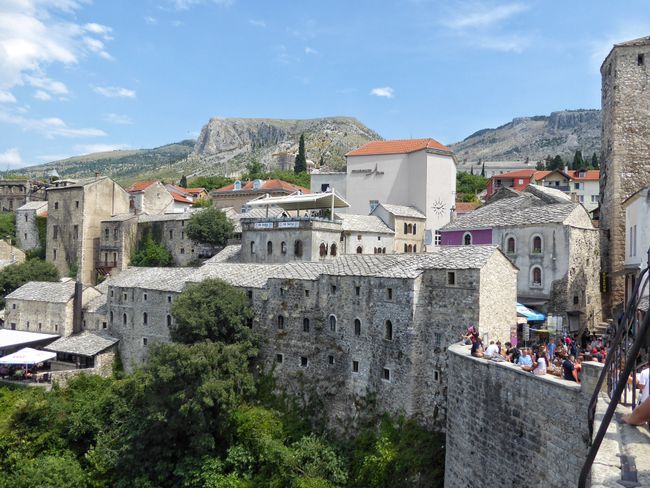
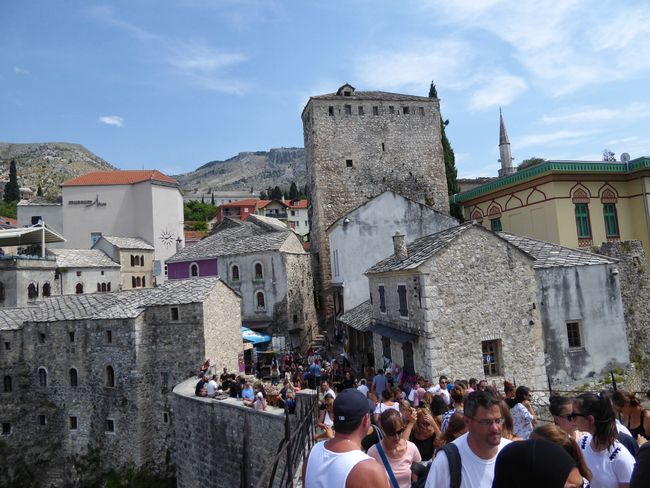
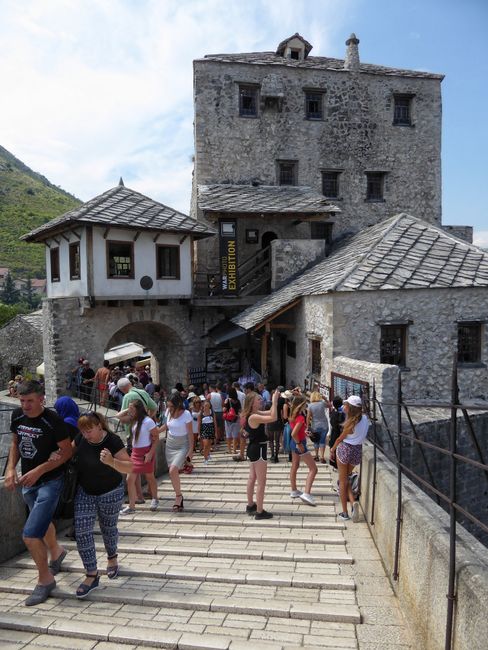
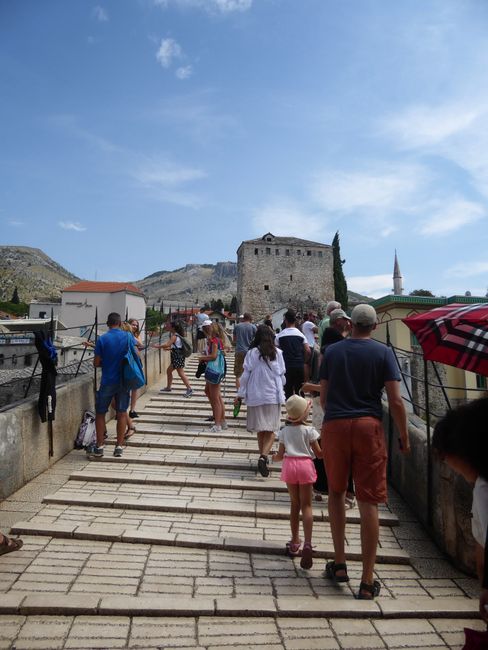
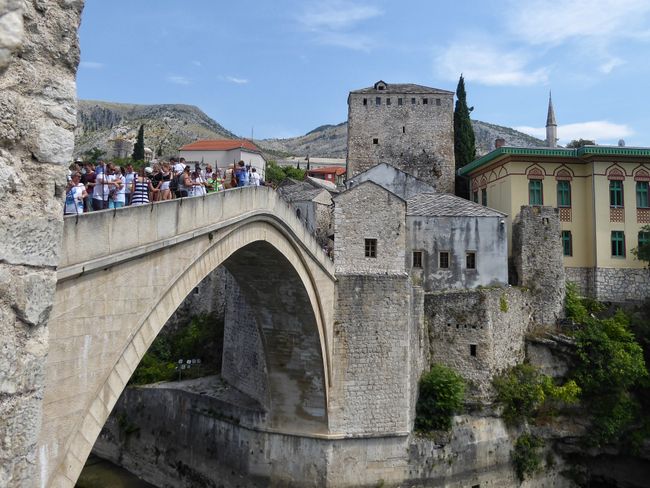
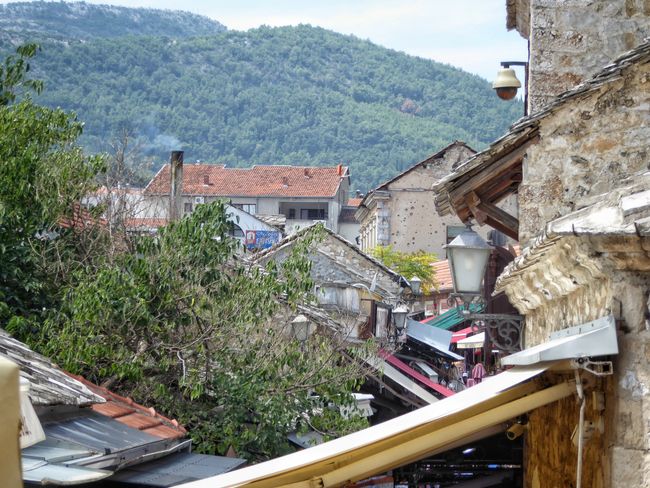
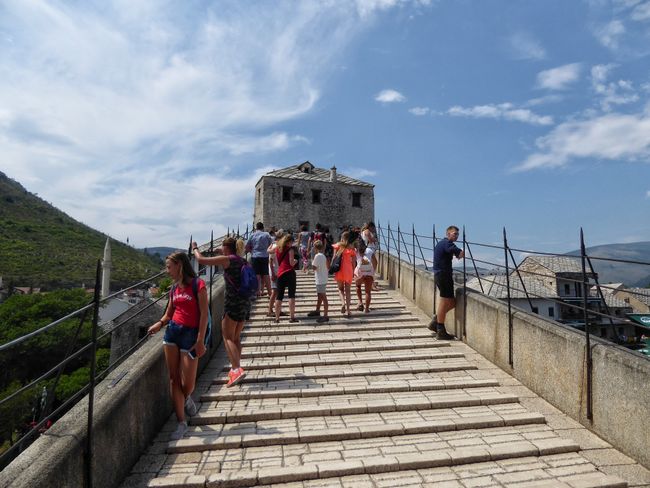
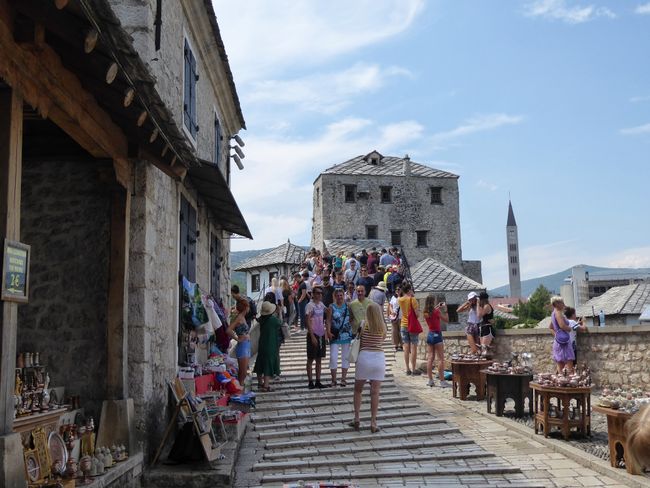
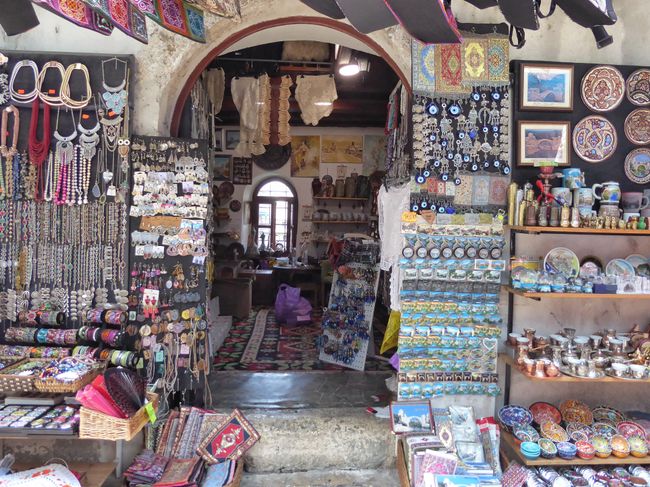
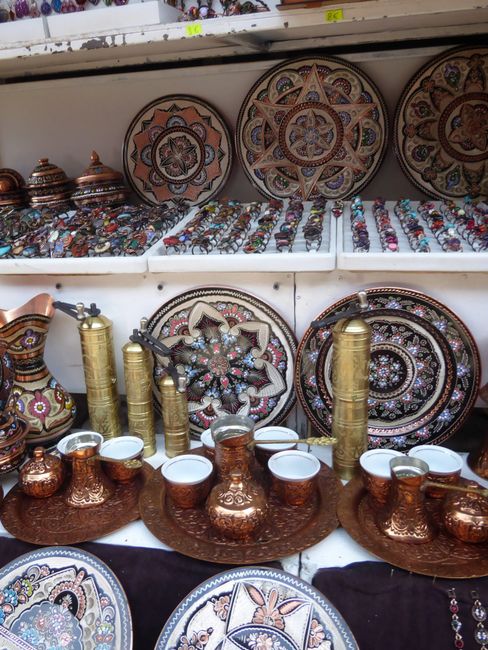
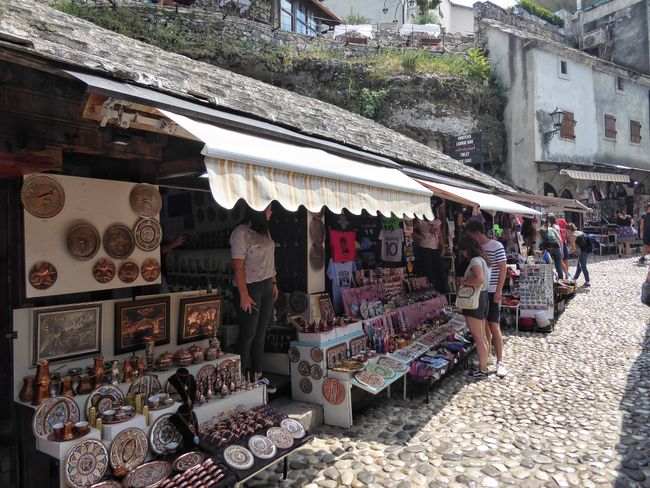
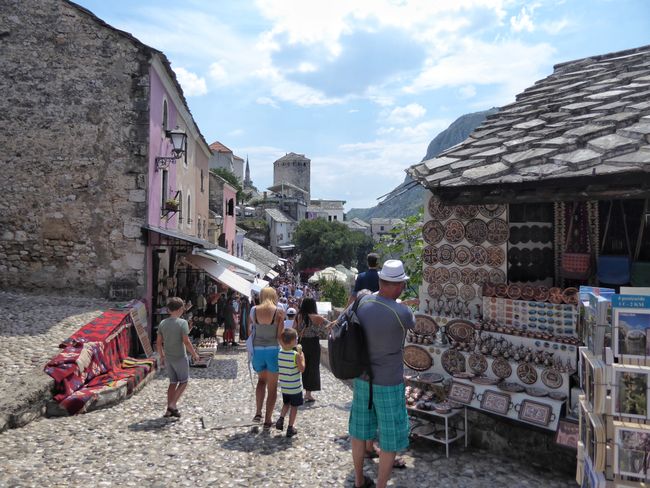
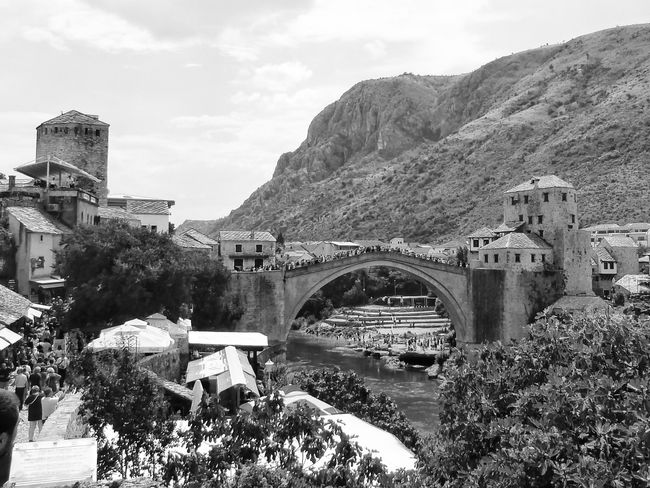
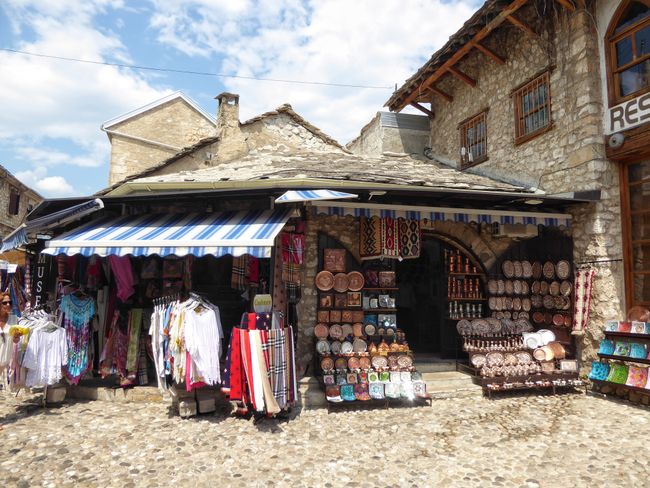
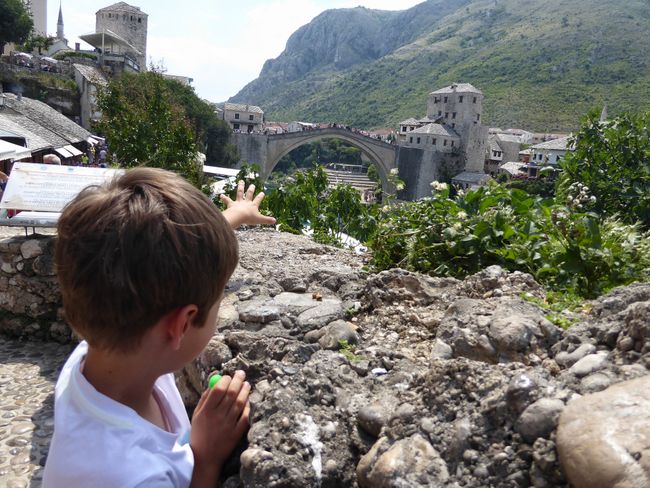
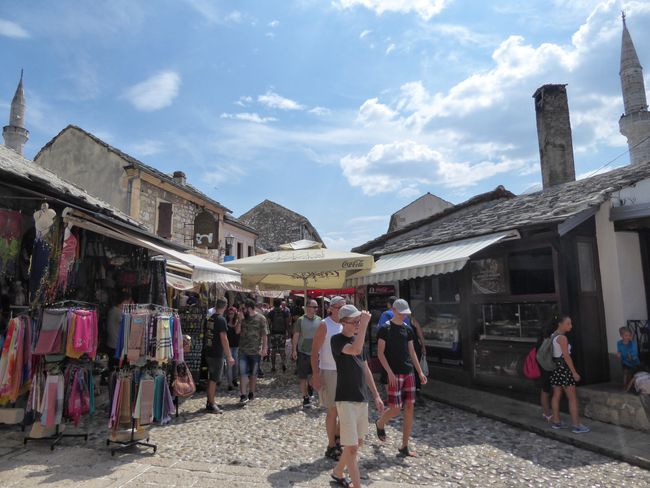
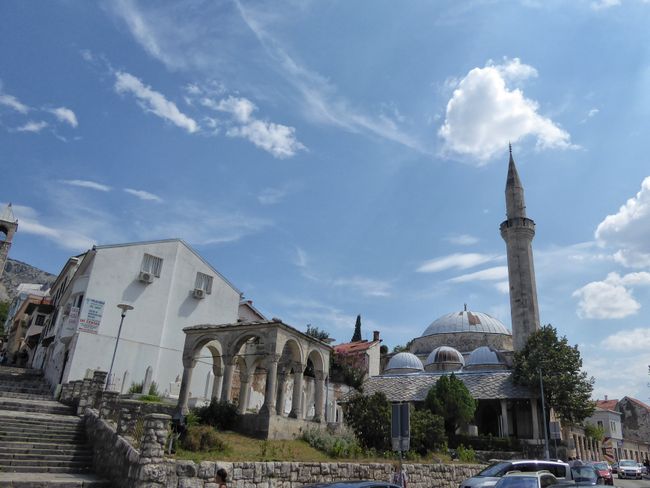
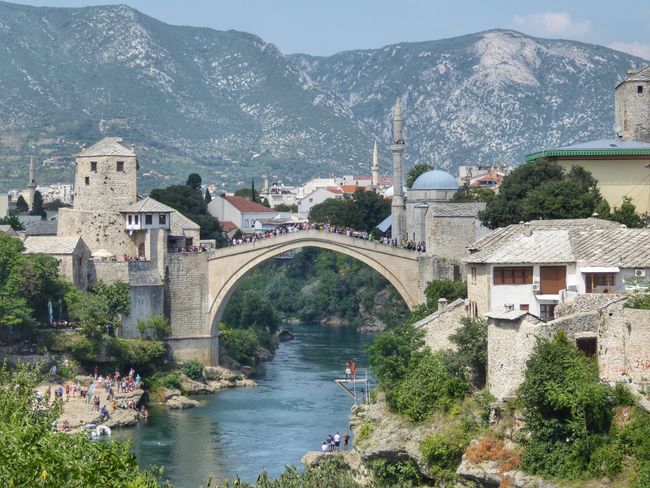
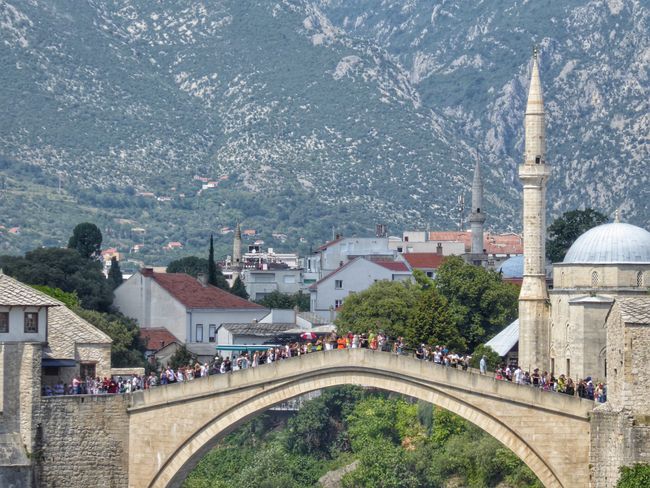
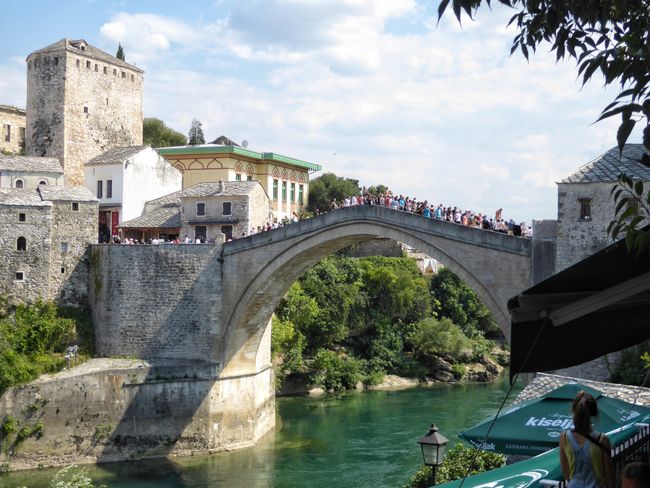
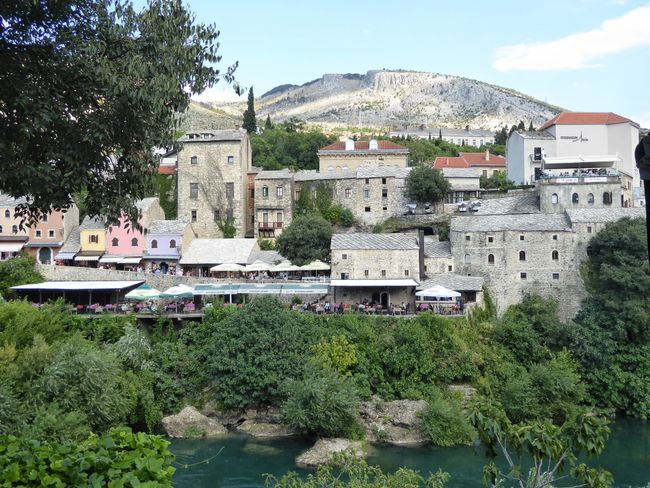
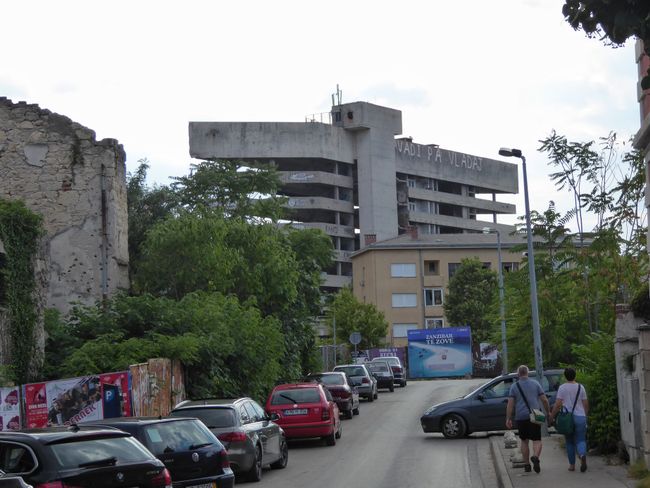
Bhalisela kwincwadana
Today we finally reached one of the important destinations in BiH. A Balkan tour without a trip to Mostar is like having eaten Italy without pizza.
The journey took over two hours, crossing the small border and nerve-wracking back roads. Between Imotika and the swamps of Gabela, there are narrow, broken roads with many twists and turns. The guardrails are almost nonexistent, and when there is oncoming traffic, we have to drive on the unpaved shoulders. This cost a lot of time and even more nerves. I would describe the surrounding area as barren and desolate. With continuous curves and braking, the passenger started to feel sick. However, the children in the backseat managed to endure the journey without getting car sick.
Eventually, the road conditions improved significantly, and we reached the town of Pocitelj. A short stop here is worthwhile. An ancient fortress and houses and mosques built into the rock face create a fascinating overall picture.
Mostar greets its guests with prefabricated buildings and many destroyed houses. Bullet holes everywhere remind us of the Bosnian war, which heavily affected the city nestled in the valley.
We finally found a free parking lot outside the city. In general, there are very few parking spaces for cars, and people park wherever there is space, including on high sidewalks. Near the old town, there are parking attendants who often rent out private courtyards or other areas to searching drivers.
Despite the extremely high temperatures, we ventured into the old town. The expectations were high due to various travel reports. But before diving into the hustle and bustle, we had to exchange money to get the local currency, the Convertible Mark. The first two ATMs rejected our EC cards. Luckily, the third ATM accepted at least one card. The value of the local currency is pegged to the German Mark. 1 Mark corresponds to 50 cents.
Mostar is the largest city in Herzegovina, the southern part of Bosnia and Herzegovina, and the sixth largest city in the country, with 113,000 inhabitants.
The bridge 'Stari most' is probably one of the most famous photo spots in Bosnia and Herzegovina. It connects the western bank of the Neretva River with the eastern bank. During the war, the structure was destroyed by Croatian forces in 1993. After extensive reconstruction efforts, the bridge was reopened in 2004. Even today, the political situation in Mostar is very complicated. The river not only symbolically divides the city into two halves. While the western bank is predominantly Croatian, the eastern part is home to Bosnians and other ethnic groups. Even though this territorial division no longer officially exists, the difficulties persist. For years, no local elections have been held, and the economic situation in Mostar is a disaster.
Tourists don't experience much of this. However, there are significantly more beggars, especially on the eastern bank, and more mosques. But that's about it.
We joined the continuous stream of tourists and struggled to push the stroller on the rough cobblestone streets. The old town is definitely not suitable for strollers. On this day, everything was a bit too crowded, which somewhat blurred the true beauty of the old buildings and the numerous stalls and shops. It was almost impossible to get through on the bridge, and a large crowd with smartphones gathered around the famous bridge jumpers. The jumpers collect money, and when about 50 euros are collected, they jump from a height of almost 25 meters into the river.
We spent about two hours exploring the old town of Mostar on both sides of the river before we fell into a tourist trap and were lured into a restaurant. The grilled dishes were relatively expensive and unfortunately not really good. So if you plan to have a great meal in Mostar, please avoid restaurants with young women standing in front of them, trying to talk people into entering.
The return journey to Oslje felt endless once again, and we drove back with the realization that our last evening in Croatia had arrived.
Bhalisela kwincwadana
Phendula
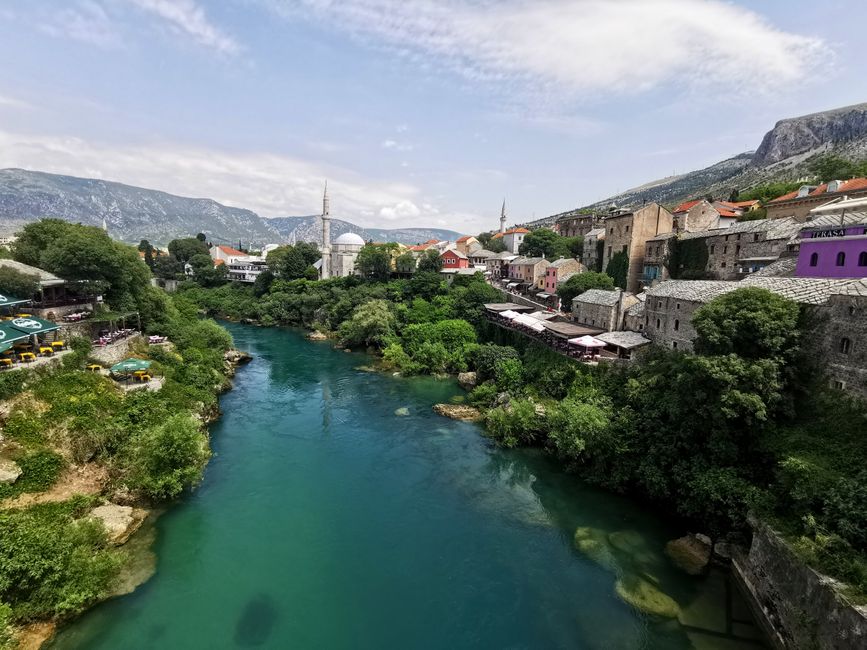
Iingxelo zohambo Bhozniya neHerzegovina
